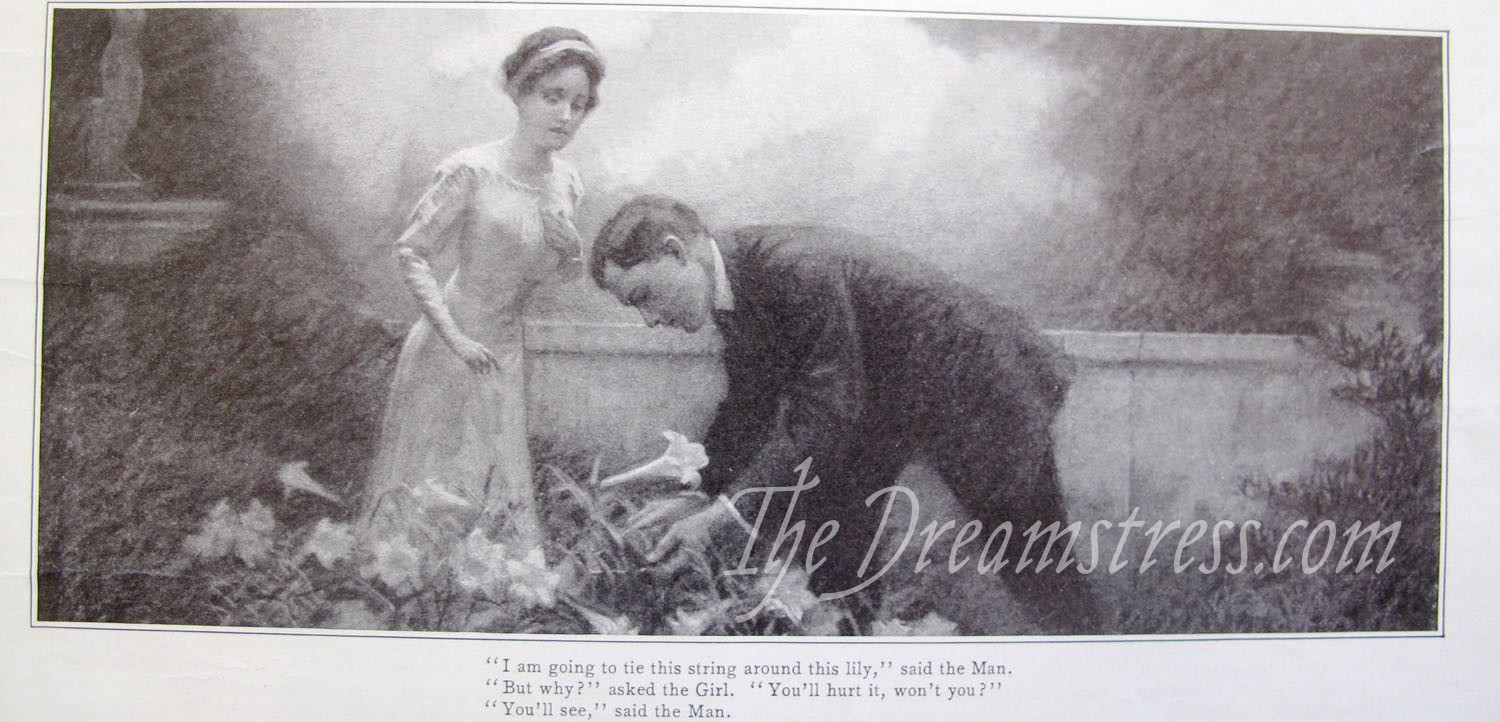The Ideal WWI era figure: Part I
As a celebration (slightly belatedly) of the release of the Scroop Rilla Corset, over the next few weeks I’ll be doing a series post about the ‘ideal’ figure from 1913 to 1921 – the period covered by the Rilla corset. I’ll be covering how the figure ideal changed from 1914 to 1921, how corsets and other undergarments were used to achieve the ideal figure and ‘correct’ the less than ideal figure, and how to wear a 1910s corset if you are ‘large above the waist’, and how to fit the Rilla to your figure. Of course, in any era, beauty is in the eye of the beholder: what the ideal figure is depends on who is describing it, so there are lots of variations. Part of the reason I really love the 1914-1921 period is that it covers a vast range of fashionable silhouettes within that 7 year range, even within a single year, and with so many different waistlines, necklines, skirt silhouettes and overall ‘looks’, there is a mid-teens style for every body. To …


